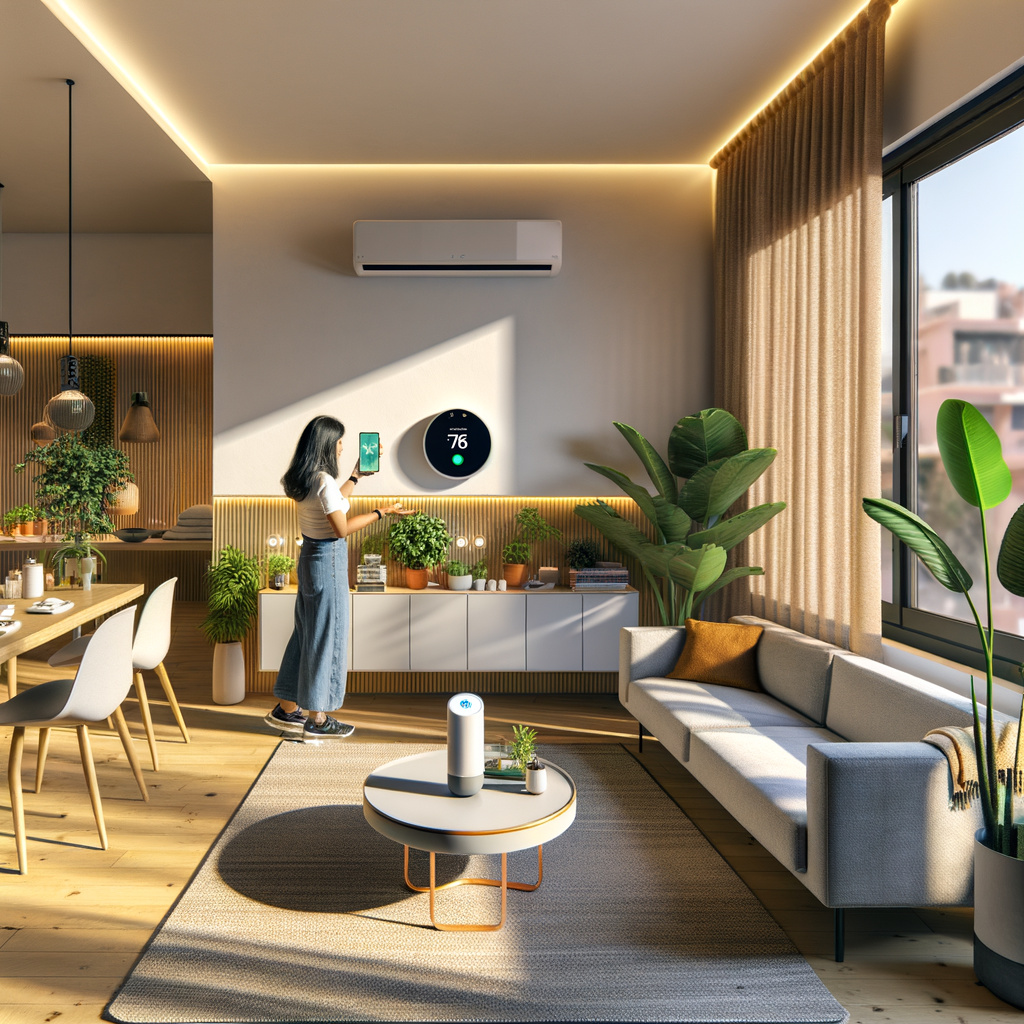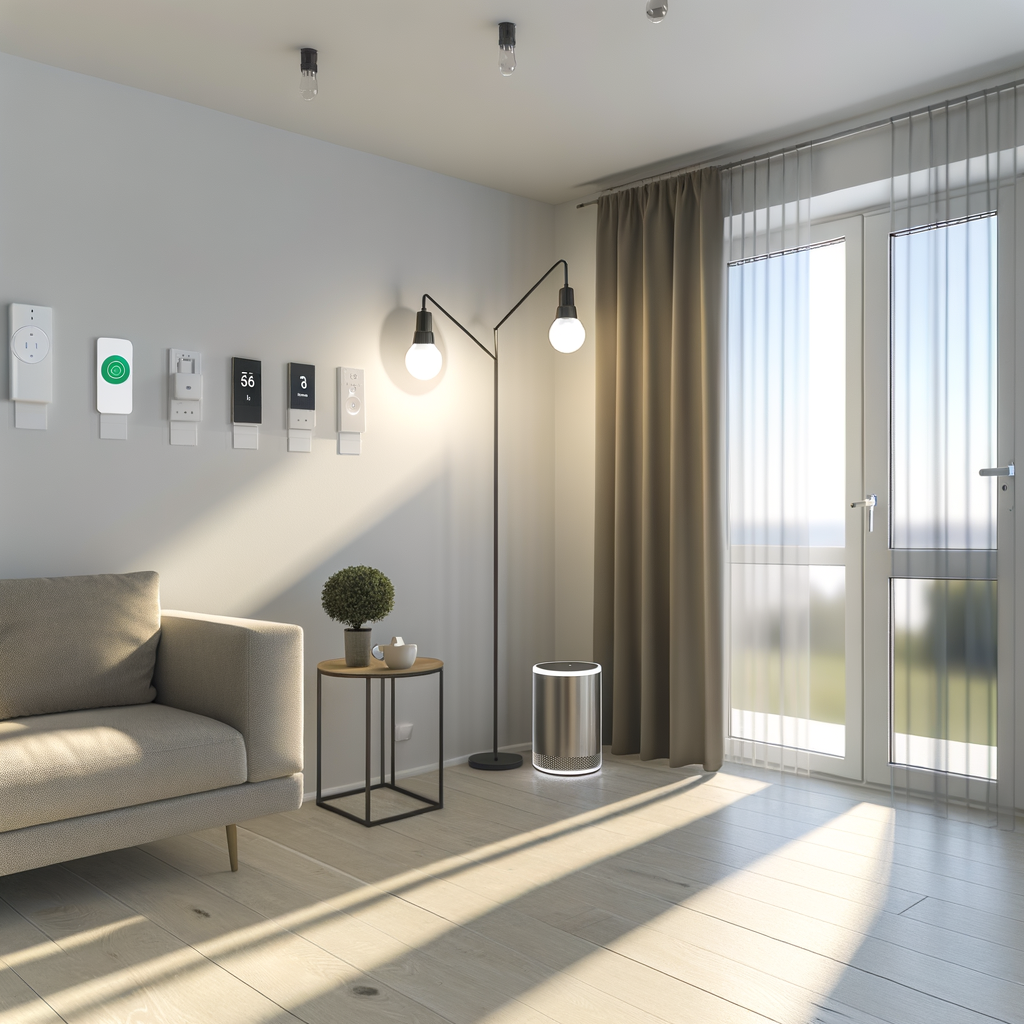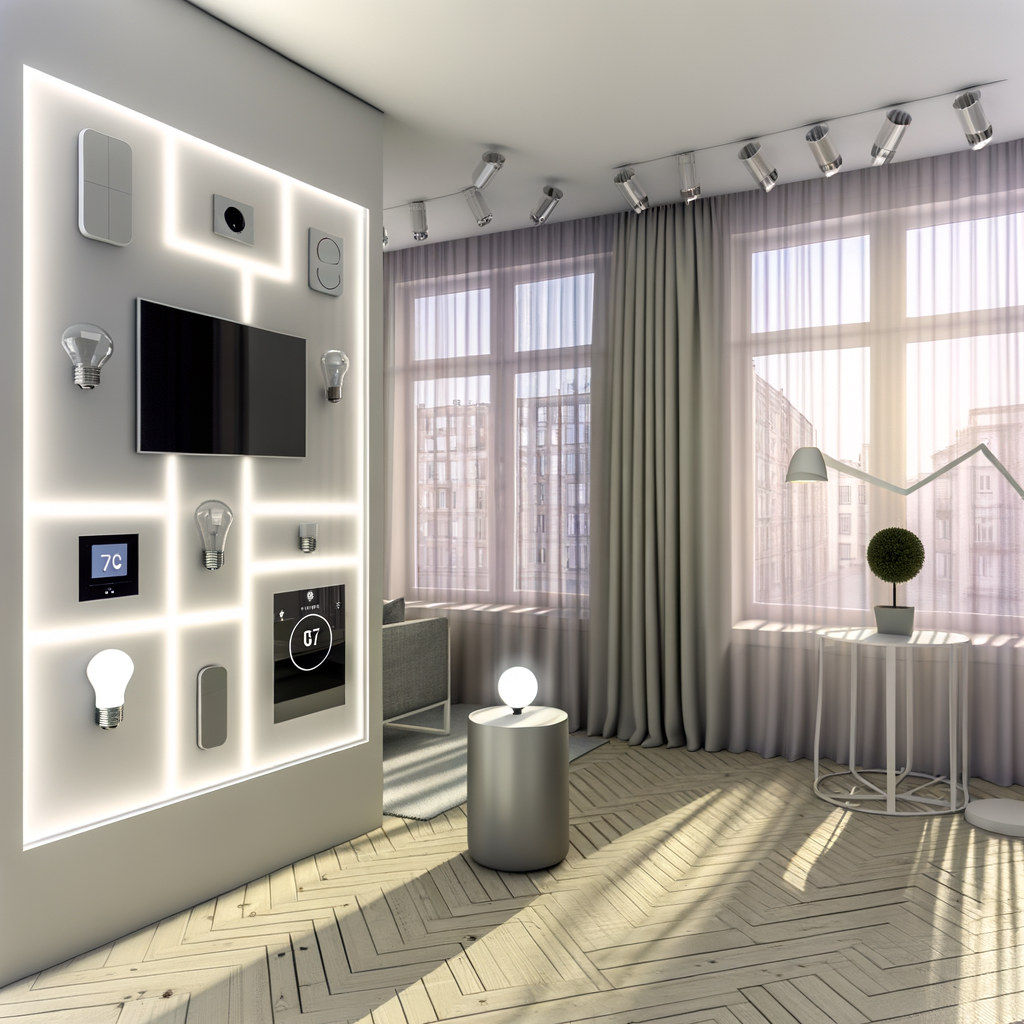Myth-Busting Smart Homes: 7 Common Misconceptions Renters Have About Eco-Friendly Tech
Smart home technology is rapidly transforming how we live, making it easier to save energy and reduce our environmental impact. Yet, for renters, a number of myths still persist—barriers that prevent many from benefiting from eco-friendly tech at home. The truth? Smart home upgrades aren’t just for homeowners. Many smart, sustainable solutions are simple, affordable, and landlord-friendly.
Let’s separate fact from fiction. Below, we tackle seven of the most common misconceptions renters have about eco-friendly smart home technology—and share practical, actionable advice to help you start your journey toward a greener, smarter home.
1. Smart Home Tech is Only for Homeowners
Myth: “I can’t install smart home devices because I’m just a renter.”
The Reality:
Most modern smart tech is designed for easy, non-permanent installation. Renters can enjoy:
- Plug-and-play devices like smart plugs, bulbs, and speakers—no drilling or rewiring needed.
- Adhesive or magnetic sensors for doors, windows, and climate monitoring.
- Battery-powered thermostats and cameras that don’t alter wiring or violate your lease.
Actionable Tips for Renters:
- Always check your lease or ask your landlord before installing anything that involves permanent changes.
- Opt for devices with easy removal (and no wall damage) when moving out.
- Keep the original packaging for a smooth uninstall and move.
2. Eco-Friendly Smart Devices are Expensive
Myth: “Smart home upgrades and eco-friendly gadgets are beyond my budget.”
The Reality:
Affordable, energy-saving devices are everywhere. Prices have dropped dramatically in the past five years. Some options even pay for themselves through lower utility bills.
- LED smart bulbs often cost under $15 and can reduce lighting electricity use by 75% compared to traditional bulbs.
- Smart plugs typically range from $10 to $25 and let you control & schedule virtually any appliance for energy savings.
- Smart thermostats start around $60 and can shave up to 10–15% off annual heating and cooling costs, even in rentals.
- Many utility companies offer rebates or discounts for switching to energy-efficient tech—check your provider’s website!
Actionable Tips for Renters:
- Start small: Replace just a couple of bulbs or plugs and track the results on your energy bill.
- Share the savings: Let your landlord know about potential energy rebates or discounts for the whole property.
- Watch for end-of-season sales or certified refurbished devices for even lower prices.
3. Installation is Complicated and Damages the Apartment
Myth: “Smart home tech is messy to install, and landlords will get upset if I drill holes or modify wiring.”
The Reality:
Today’s best eco-friendly smart gadgets are renter-friendly. Many only require an outlet or Wi-Fi connection.
- Smart lighting: Screw in a bulb and connect via app—no tools needed.
- Plug-based smart thermostats: Portable models simply plug into a wall outlet to control stand-alone AC units or space heaters.
- Smart security cameras and sensors: Use strong, damage-free adhesive strips or magnetic mounts.
Actionable Tips for Renters:
- Use adhesive-backed or freestanding devices—leave no trace behind!
- For added security devices, look for compact, battery-powered models made for renters.
- Always get permission before considering any upgrades that are hardwired or require drilling.
4. Landlords Won’t Allow Smart Home Upgrades
Myth: “My landlord will say no—even to simple smart devices.”
The Reality:
Most landlords appreciate tenants taking steps to improve energy efficiency—especially when upgrades are temporary and reversible.
- Many property owners welcome smart devices that can lower utility costs, reduce maintenance, and boost property appeal.
- Temporary and portable eco-friendly tech is low-risk for both parties.
- Sharing the potential benefits (like energy savings) makes landlords more open to your ideas.
Actionable Tips for Renters:
- Prepare a short pitch explaining the benefits of the device (cost, environmental impact, no permanent changes).
- Provide brochures or online resources to help your landlord understand how the tech works.
- Offer to remove the device and restore everything when you move out.
5. Smart Devices are Difficult to Use or Set Up
Myth: “Eco-friendly tech is complicated and I’m not tech-savvy enough to set it up.”
The Reality:
Smart home brands are laser-focused on user-friendly experiences. Most setup processes are a matter of minutes—not hours.
- Intuitive companion apps guide users step-by-step.
- Voice assistants (like Amazon Alexa, Google Assistant, and Apple HomeKit) allow easy, hands-free control.
- Helpful video tutorials and customer support chatbots assist at every stage.
Actionable Tips for Renters:
- Read product reviews or watch short YouTube setup videos before buying to gauge setup difficulty.
- Choose brands known for reliable customer support and easy-to-use apps.
- Start with a single device (like a plug or bulb) and expand your system as your confidence grows.
6. Eco-Friendly Smart Tech Doesn’t Make a Real Impact
Myth: “A few smart devices won’t actually reduce my carbon footprint.”
The Reality:
Every step counts in cutting energy waste and slashing bills—the cumulative effect is impressive!
- Smart thermostats can cut heating and cooling energy use by up to 15% per year (according to the U.S. Department of Energy).
- Smart plugs and smart power strips eliminate “vampire power” (energy wasted by idle devices) and save up to 10% on electricity costs.
- Smart lighting reduces unnecessary usage with automated schedules and occupancy detection.
- Some devices let you track energy use—helping you spot waste and improve habits over time.
Actionable Tips for Renters:
- Start with devices that provide energy reports and analytics—knowledge is power!
- Automate lighting or device schedules based on your daily routine.
- Share your reduced energy bills with your landlord and neighbors to inspire broader adoption.
7. Smart Homes Are Less Secure and More Prone to Hacking
Myth: “Connecting my thermostat, lights, and plugs to the internet puts my privacy and data at risk.”
The Reality:
Any internet-connected device can pose risks, but most reputable smart tech brands provide robust security features—and there’s a lot you can do for further protection.
- Leading brands use bank-grade encryption for data.
- Regular firmware updates fix discovered vulnerabilities quickly.
- Two-factor authentication and strong, unique passwords keep your account safe.
- Most privacy breaches come from weak passwords or outdated software—not the devices themselves.
Actionable Tips for Renters:
- Buy only from reputable brands and avoid off-brand “bargain” devices.
- Register your devices and enable automatic updates in the companion app.
- Change the default password to a strong, unique one immediately after setup.
- Use a guest Wi-Fi network for your smart devices to isolate them from personal data.




